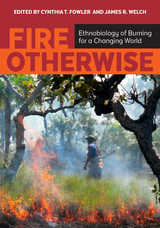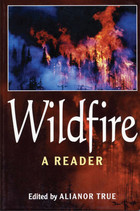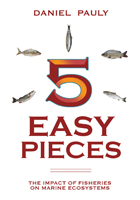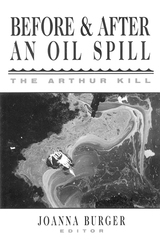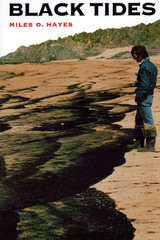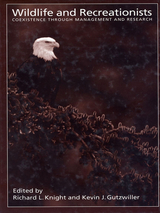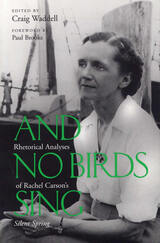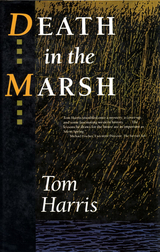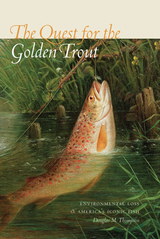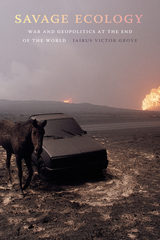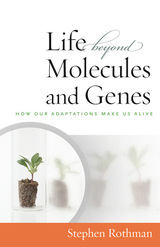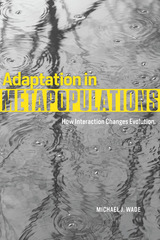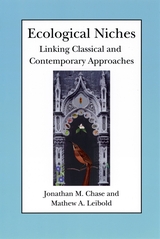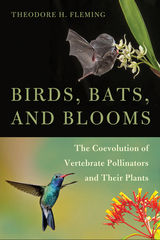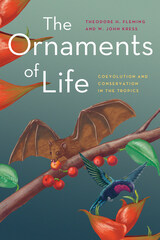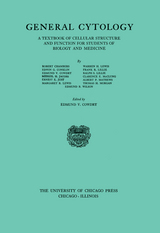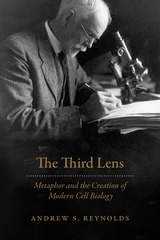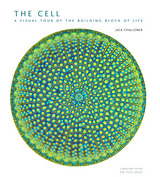Camouflage and Mimicry
University of Chicago Press, 1982
Paper: 978-0-226-64188-1
Library of Congress Classification QH546.O93 1982
Dewey Decimal Classification 574.57
Paper: 978-0-226-64188-1
Library of Congress Classification QH546.O93 1982
Dewey Decimal Classification 574.57
ABOUT THIS BOOK | TOC
ABOUT THIS BOOK
Many organisms, to avoid being noticed, combine color and shape to create elaborate and highly effective disguises. Some have evolved uncanny likenesses to such elements of their environment as leaves and rocks. Others use color and shape in more spectacular displays simply to frighten a predator or to warn that they are poisonous. In turn, and to complicate matters for their enemies, some edible animals have evolved a striking likeness to poisonous animals that use color as a warning. Though such camouflage and mimicry is most widely and brilliantly evident among the insects—where sometimes only the experienced naturalist can see through the deception—it has also evolved in plants and several groups of vertebrates, including birds, snakes, and salamanders.
Camouflage and Mimicry describes the remarkably varied attempts of species to deceive their predators and prey. It illustrates a group of strategies which help to increase an individual's chances of survival.
Camouflage and Mimicry describes the remarkably varied attempts of species to deceive their predators and prey. It illustrates a group of strategies which help to increase an individual's chances of survival.
See other books on: Camouflage (Biology) | Ecology | Life Sciences | Mimicry | Mimicry (Biology)
See other titles from University of Chicago Press

